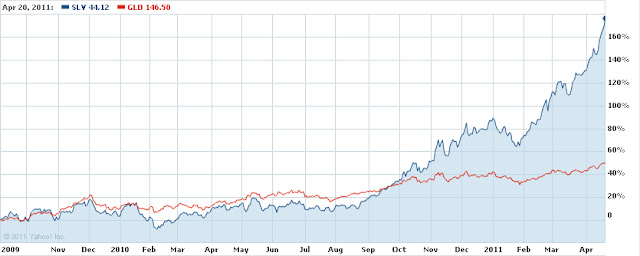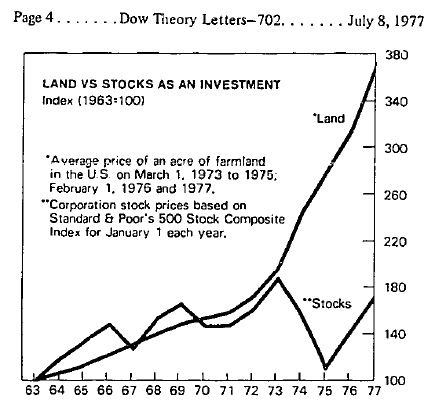It has been brought to our attention that the money belonging to the clients and shareholders of Glickenhaus & Co. hasn’t been treated well lately. In fact, the heir apparent to the Glickenhaus business has used client and shareholder money to finance his masters degree in reverse mergers, shell companies and organic “fertilizer.”
Apparently, 29-year old Jesse Glickenhaus wanted to bring the family firm into the modern era by investing in concepts like global warming and China. Unfortunately, the grandson of founder and senior partner SethGlickenhaus, is ahead of his time because the modern era of investing that he wished to introduce to his firm hasn’t arrived.
Jesse bought shares of fertilizer company China Agritech (CAGC) on the seemingly hot tip that Carlyle Group was already up to their armpits in the “stuff.” As well connected as the Carlyle Group is with a network of former heads of state and CEOs, how could you lose?
Being unclear what a shell company is, Jesse decided to dump $4 million dollars into China Agritech (CAGC). Well, as blind luck often works, not even six months after his investment, Jesse Glickenhaus found his shares to be worth approximately half of its initial value. To top it all off, the shares in organic “fertilizer” have been halted on the stock exchange since March 14, 2011.
To the relief of Jesse, having a family money management firm with $1.3 billion of assets under management makes a $2 million dollar loss seem like nothing at all. So it comes as no surprise that Jesse would say, “It would be easy to walk away at this point.” In his usually affable way, Jesse tries to clarify the prior thought with a well rehearsed but poorly chosen remark, “It’s not nothing, but it’s not a big deal for us financially.” The New Low Team isn’t known for quality craftsmanship with words however, we don’t think that such a flippant remark speaks well of the future holdings of Glickenhaus & Co.
With his education complete, Jesse has a new spring in his step and many lessons learned from his experience. What exactly did you learn, Jesse? “In the future, if I find a company in China, I’ll probably stick to those that have had a major, well-known auditor for several years. I learned it’s not that difficult to manipulate the market in a small-cap, publicly traded Chinese company.” Hmmm…that doesn’t sound all that unfamiliar to the methodology applied to China Agritech. Find a well-known company like Carlyle Group that already owned 22% of ChinaAgritech and jump right in.
What really brought down the share of China Agritech? According to Jesse, it was the short sellers. Short sellers are those curmudgeons who hate all that there is to do with free enterprise in the land of opportunity. We’re not sure who the opportunity is for in China, but we’re starting to get the picture. Jesse didn’t say anything about his breadth of knowledge on the topic of shell company listings in the U.S. Neither did he mention being the least bit perturbed that his “investment” has somehow become a sunk cost.
Things got so far out of hand that Jesse’s dad, James Glickenhaus, had to go to China to prove to himself that his son’s investment acumen hasn’t faltered in any way. Sure enough, James was able to confirm that his son is still very special, thank you for asking. James told the short selling neighbors next door to mind their own business and that his son is the best kid on the block by posting on YouTube a defense of his one time visit to the factories in China.
Dad, ever faithful to his son, went on to say that “[China Agritech] management has acted incompetently, there’s no question about it.” Somehow, dad was able to overlook the fact that if the executives of CAGC are inept then the conclusion should be that the investment decision wasn’t so hot either.
We’re not sure how dad’s visit will change the fact that China Agritech (CAGC) cannot be bought or sold since March 11th. Even those cantankerous short sellers can’t exploit poor ol’ CAGC. Stupid rule enforcement, prompted by the shorts, of the SEC and NASDAQ cut off the inevitable rise in the price of the stock.
In the glib fashion that Glickenhaus & Co. is famous for, dad says, “like sending him [Jesse] to business school.” Not to be outdone, Jesse closes with these parting thoughts, “I went into this with an open mind, I didn’t expect to enjoy it as much as I have.”
If the shareholders and clients of Glickenhaus & Co. aren’t somewhat alarmed at the on-record comments made by father and son, Jesse & James, then there should be little surprise at the potential underperformance of the invested funds going forward.









